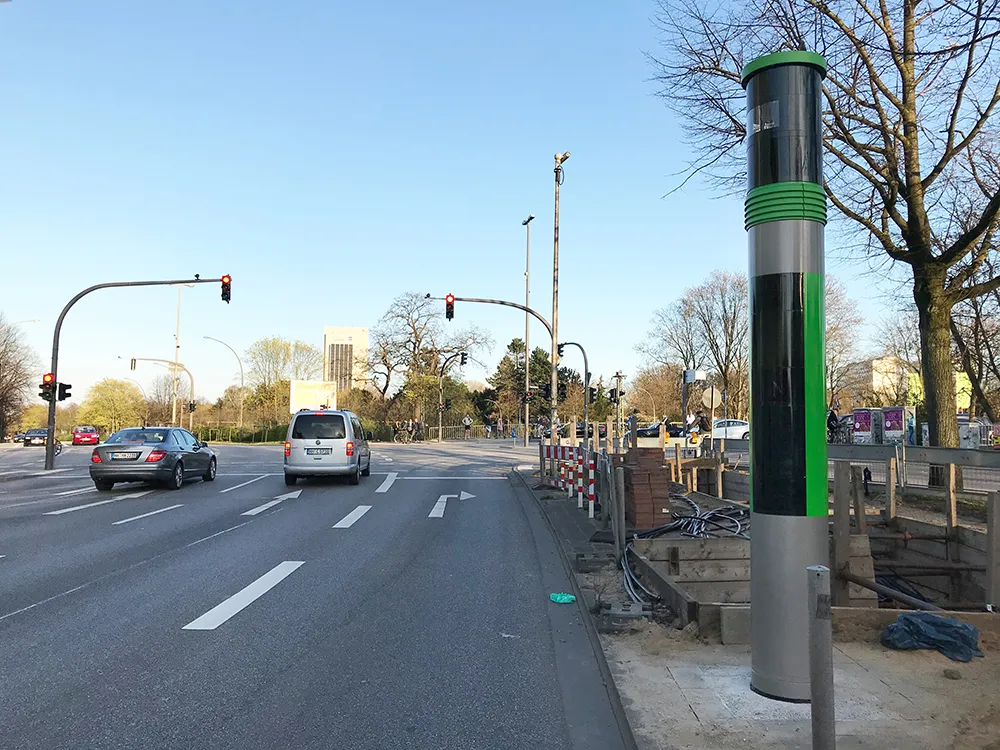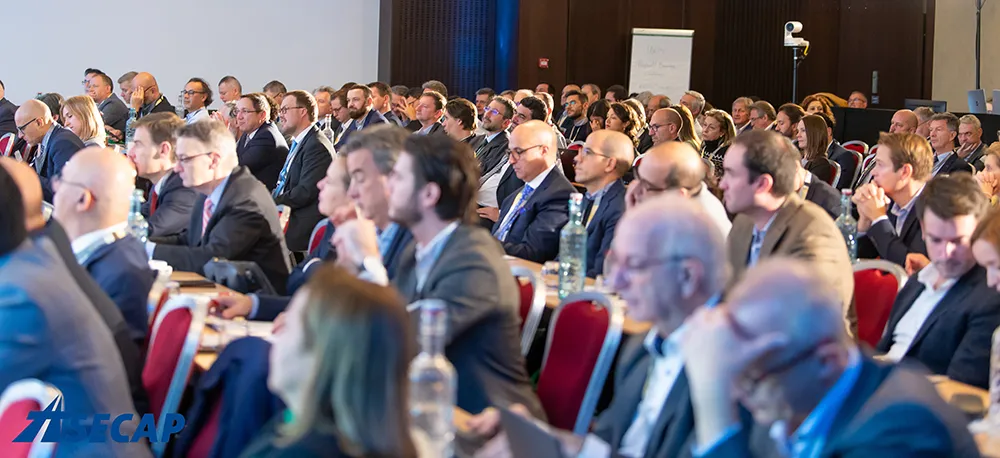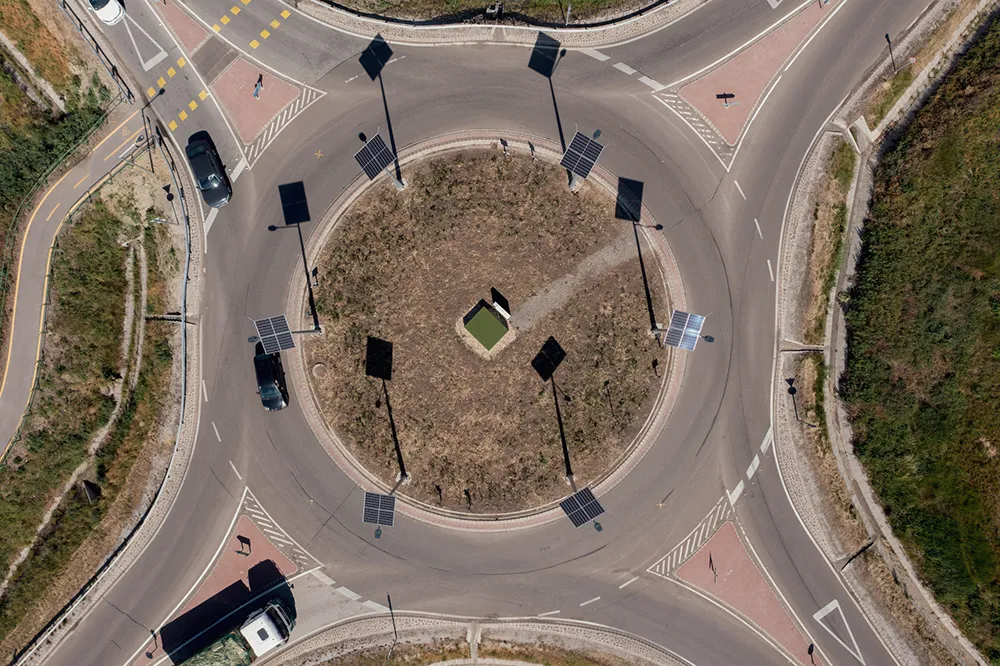
On the TAVF, vehicle manufacturers, technology companies and research institutions can test ITS applications, safety and assistance systems, as well as automated and connected driving functions in a real traffic environment. For this purpose, the test track provides installations for the use of infrastructure-to-vehicle and vehicle-to-infrastructure communication (V2X).
Vitronic is testing its systems at a danger point - an intersection representing a highly congested traffic junction (K94) in the Hamburg city area. A video camera was installed on an existing light pole to record the flow of traffic coming from Schröderstiftstraße in the direction of the K94 junction (Rentzelstraße / Schröderstiftstraße / An der Verbindungsbahn.)
A second camera was fitted to a pillar located directly at the K94 junction. Both cameras record traffic coming from Schröderstiftstraße. The real-time data collected in this way is available for further processing by the traffic lights control processes at the K94 junction. The purpose is to control the traffic lights so that waiting and travel times are reduced for all road users. For example, green phases could be extended at peak times so that an increased number of cyclists and pedestrians can cross the road safely.
To increase the traffic safety of vulnerable road users in the area of the K94 junction, Vitronic has also installed two additional sensors, including a 3D radar. In future, so-called CPMs - collective perception messages - could be sent to vehicles passing through the intersection. Among other things, its content is intended to direct the attention of drivers or semi- automated vehicles to situations detected by the sensor system that are potentially dangerous for pedestrians and cyclists.
Furthermore, position data of all traffic objects detected by the sensors can be continuously sent via CPM. Currently, the communication between the roadside unit and the onboard (vehicle) unit is being tested and improved.









